Lhasa Must-see Attractions
You can’t go to Lhasa and not see these 6 must see Lhasa attractions
Lhasa is the capital of the Tibet Autonomous Region. Situated at an altitude of 3,656 metres (11,990 ft), Lhasa is one of the highest cities in the world. The city has been the religious and administrative capital of Tibet since the mid-17th century. If you’re planning a trip to Lhasa, no matter the length, there are some sights you just need to see. To help you plan your trip to Lhasa, we’ve created a list of the 6 must see Lhasa attractions for your reference. Use this as a checklist if you want to make the most out of your Lhasa trip.
Here are 6 stunning Lhasa tourist attractions you have to visit when you are in the city!
1. Potala Palace
Enclosed within massive walls, gates and turrets built of rammed earth and stone the White and Red Palaces and ancillary buildings of the Potala Palace rise from Red Mountain in the centre of Lhasa Valley at an altitude of 3,700 metres. As the winter palace of the Dalai Lama from the 7th century CE the complex symbolizes Tibetan Buddhism and its central role in the traditional administration of Tibet. The White Palace contains the main ceremonial hall with the throne of the Dalai Lama, and his private rooms and audience hall are on the uppermost level. The palace contains 698 murals, almost 10,000 painted scrolls, numerous sculptures, carpets, canopies, curtains, porcelain, jade, and fine objects of gold and silver, as well as a large collection of sutras and important historical documents. To the west and higher up the mountain the Red Palace contains the gilded burial stupas of past Dalai Lamas. Further west is the private monastery of the Dalai Lama, the Namgyel Dratshang. Get more about Potala Palace.
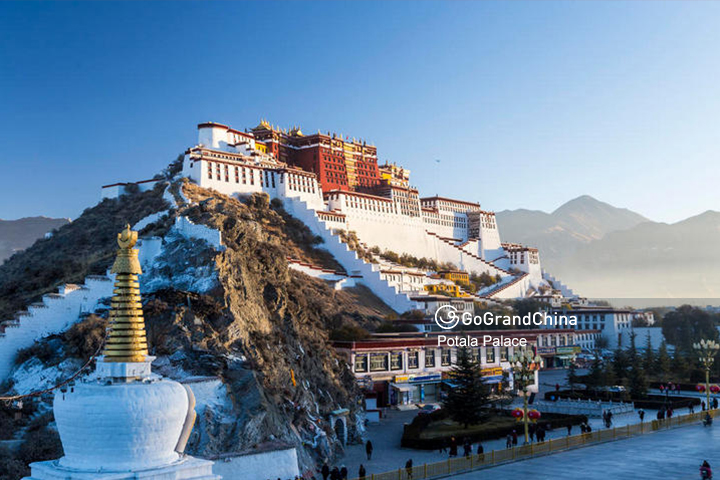
2. Jokhang Monastery
The Jokhang Temple Monastery was founded in the 7th century, in order to promote the Buddhist religion. Covering 2.5ha in the centre of the old town of Lhasa, it comprises an entrance porch, courtyard and Buddhist hall surrounded by accommodation for monks and storehouses on all four sides. The buildings are constructed of wood and stone and are outstanding examples of the Tibetan Buddhist style, with influences from China, India, and Nepal. They house over 3,000 images of Buddha and other deities and historical figures along with many other treasures and manuscripts. Mural paintings depicting religious and historical scenes cover the walls. Get more about Jokhang Monastery.
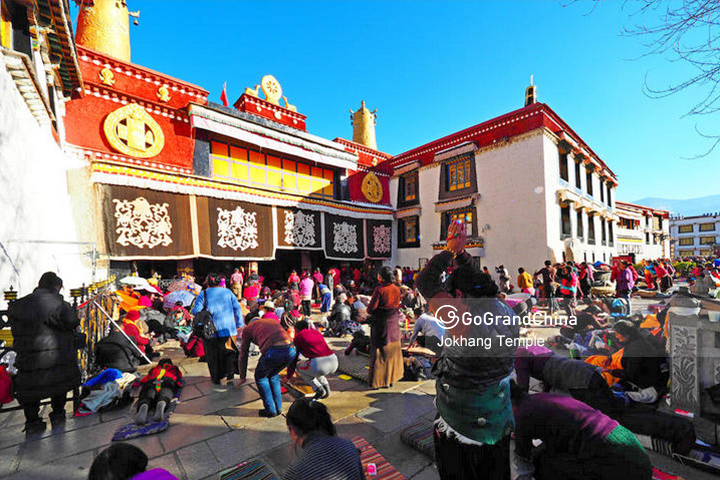
3. Drepung Monastery
Located at the foot of Mount Gephel, Drepung Monastery is one of the "great three" Gelug university gompas (monasteries) of Tibet. Drepung Monastery was founded in 1416 by Jamyang Choge Tashi Palden (1397–1449), one of Tsongkhapa's main disciples, and it was named after the sacred abode in South India of Shridhanyakataka. Drepung was the principal seat of the Gelugpa school and it retained the premier place amongst the four great Gelugpa monasteries. The Ganden Phodrang in Drepung was the residence of the Dalai Lamas until the Great Fifth Dalai Lama constructed the Potala. Drepung was known for the high standards of its academic study, and it is the largest of all Tibetan monasteries. Get more about Drepung Monastery.
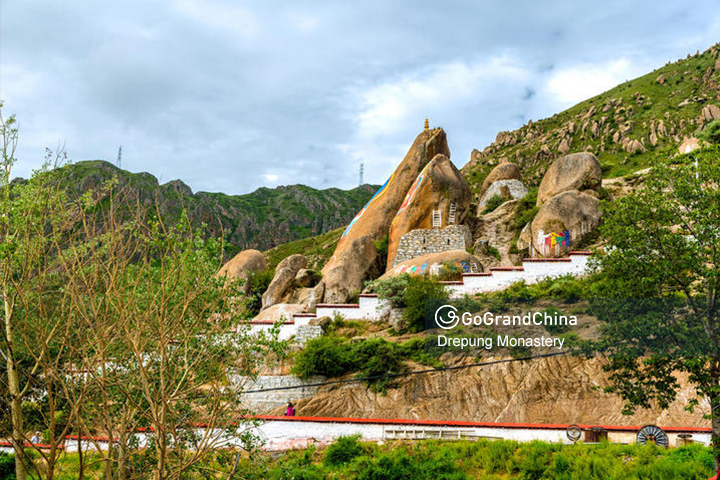
4. Sera Monastery
Sera Monastery is one of the "great three" Gelug university monasteries of Tibet. The origin of its name is attributed to a fact that during construction, the hill behind the monastery was covered with blooming wild roses (or "sera" in Tibetan). The Sera Monastery, as a complex of structures with the Great Assembly Hall and three colleges, was founded in 1419 by Jamchen Chojey of Sakya Yeshe of Zel Gungtang (1355–1435), a disciple of Je Tsongkhapa. Sera Monastery is well-known for the debate sessions of Buddhist doctrines among lamas. Witness these debates that are held as per a set schedule, at 15:30 every day except for Sunday in the 'Debating Courtyard' of the monastery. Get more about Sera Monastery.
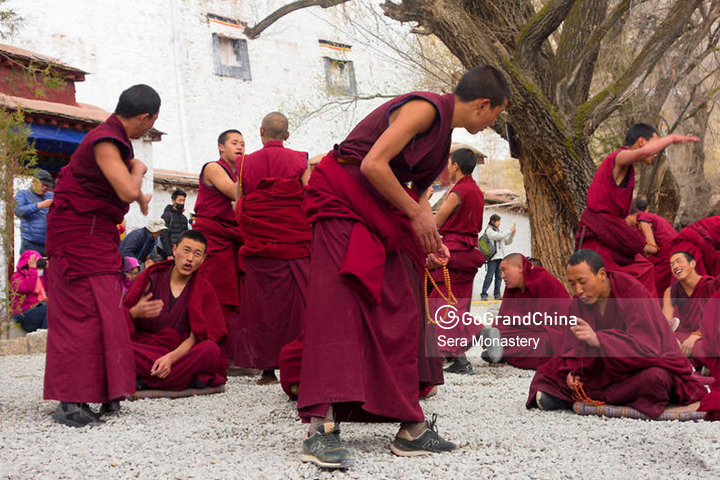
5. Norbulingka
Norbulingka used to be the Dalai Lama's former summer palace constructed in the 18th century. It comprises a large garden with four palace complexes and a monastery as well as other halls, and pavilions all integrated into the garden layout to create an exceptional work of art covering 36ha. The property is closely linked with religious and political issues, having been a place for contemplation and for signing political agreements. Get more about Norbulingka.
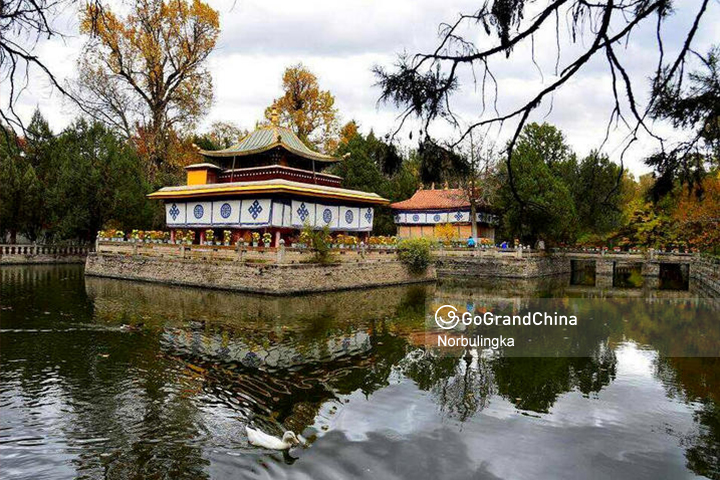
6. Barkhor Street
Barkhor is an area of narrow streets and a public square located around Jokhang Monastery. Barkhor is a marketplace with stalls and shops lined on both sides, where shaggy nomads, traders, robed monks and chanting pilgrims are together, mixing in shops and stalls. On sale are printed scriptures, cloth prayer flags and other religious items, jewelry, Tibetan knives, and ancient coins, and more. Barkhor is also the holy ritual walk path for pilgrims to worship and do the kora. Barkhor is the most vibrant street in Lhasa or even in Tibet. Get more about Barkhor Street.
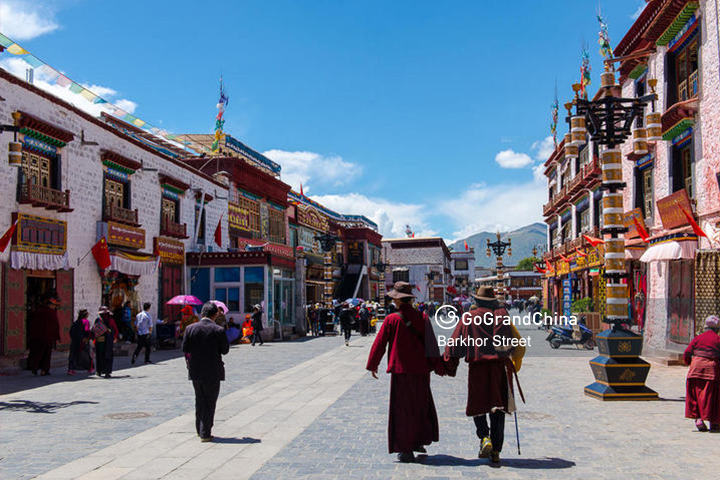
There are no products matching the selection.
